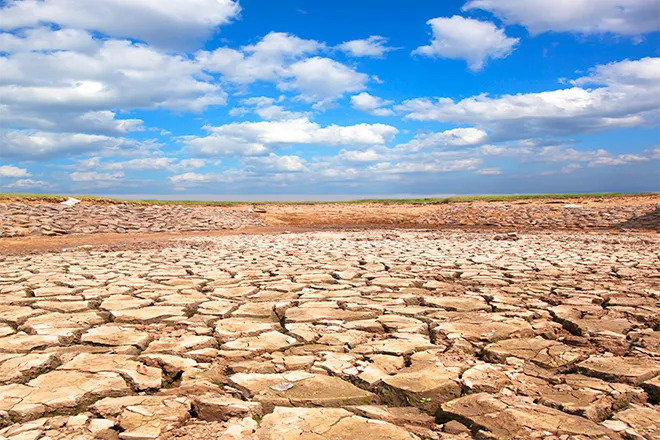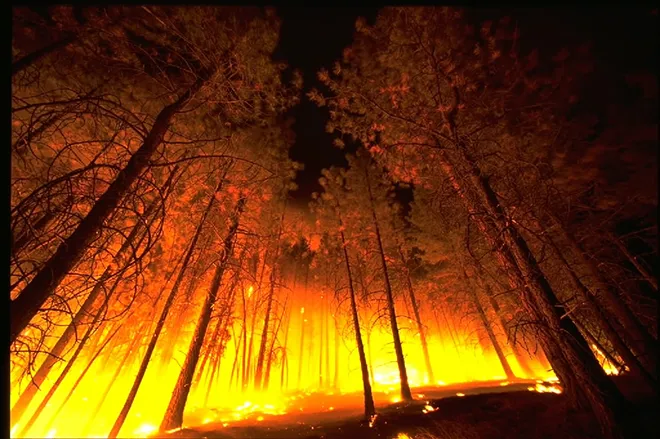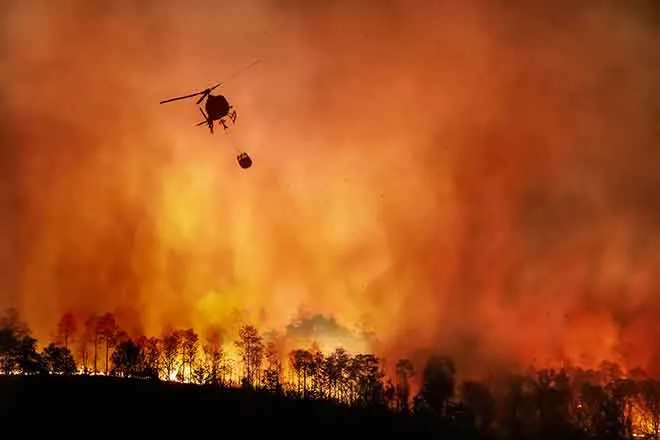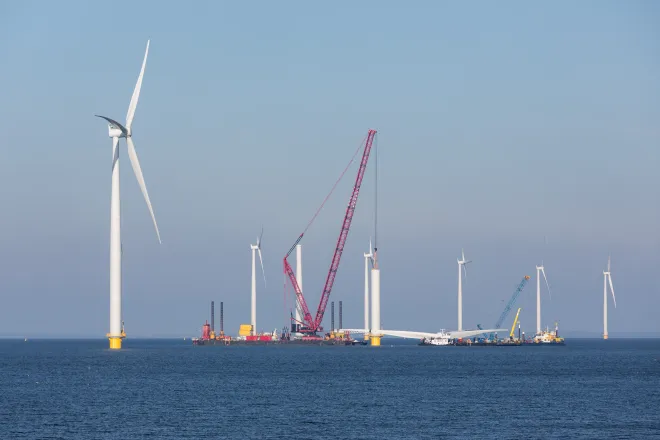
Some stall, others push to pass new federal sage grouse plans
Click play to listen to this article.
Final federal plans for Greater sage grouse habitat in Wyoming and other western states were met with criticism last month but some said the overdue plans need to be passed.
The final Environmental Impact Statement from the U.S. Department of the Interior revises policies on nearly half of sage grouse habitat across 10 states. Some environmental advocates said the plans are not protective enough for the birds, whose populations have declined about 80 percent across their range since the mid-1960s.
Alison Holloran, executive director of the Audubon Rockies regional office of the National Audubon Society, said work needs to be able to happen on the ground now.
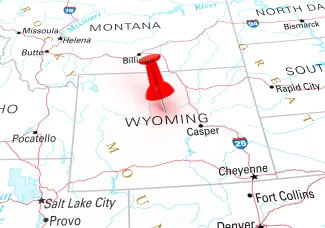
"We have wasted 10 years," Holloran contended. "We have serious issues with climate and drought, and invasive species, wildfire eating up our sagebrush. These plans have an ability to put our words into action, finally."
Current management is based on Obama-era 2015 plans, which the first Trump administration attempted to replace in 2019 in favor of its energy dominance agenda. Holloran acknowledged no one is sure what Trump's second term could mean for the new plans. The protest period ends Dec. 16.
Wyoming Governor Mark Gordon wrote in a statement the federal plans "reflect extreme indifference to the primacy vested in Wyoming's exclusive authority" to manage the bird's population and he is "hopeful" about Trump's next term.
Holloran pointed out the Bureau of Land Management used the newest science, which has advanced since the 2015 plans, and the agency is charged with balancing different kinds of land use.
"I would say they are fair plans in taking what BLM lands are, as multiple-use," Holloran noted. "It is about how we all use our public land. And I think the American people need to understand that as well."
The final impact statement reduces the acres of "critical concern" from its last proposed plans by nearly 25 percent to about 630,000 acres but it also suggests tightening restrictions in those areas for oil, gas, wind and solar energy development.





